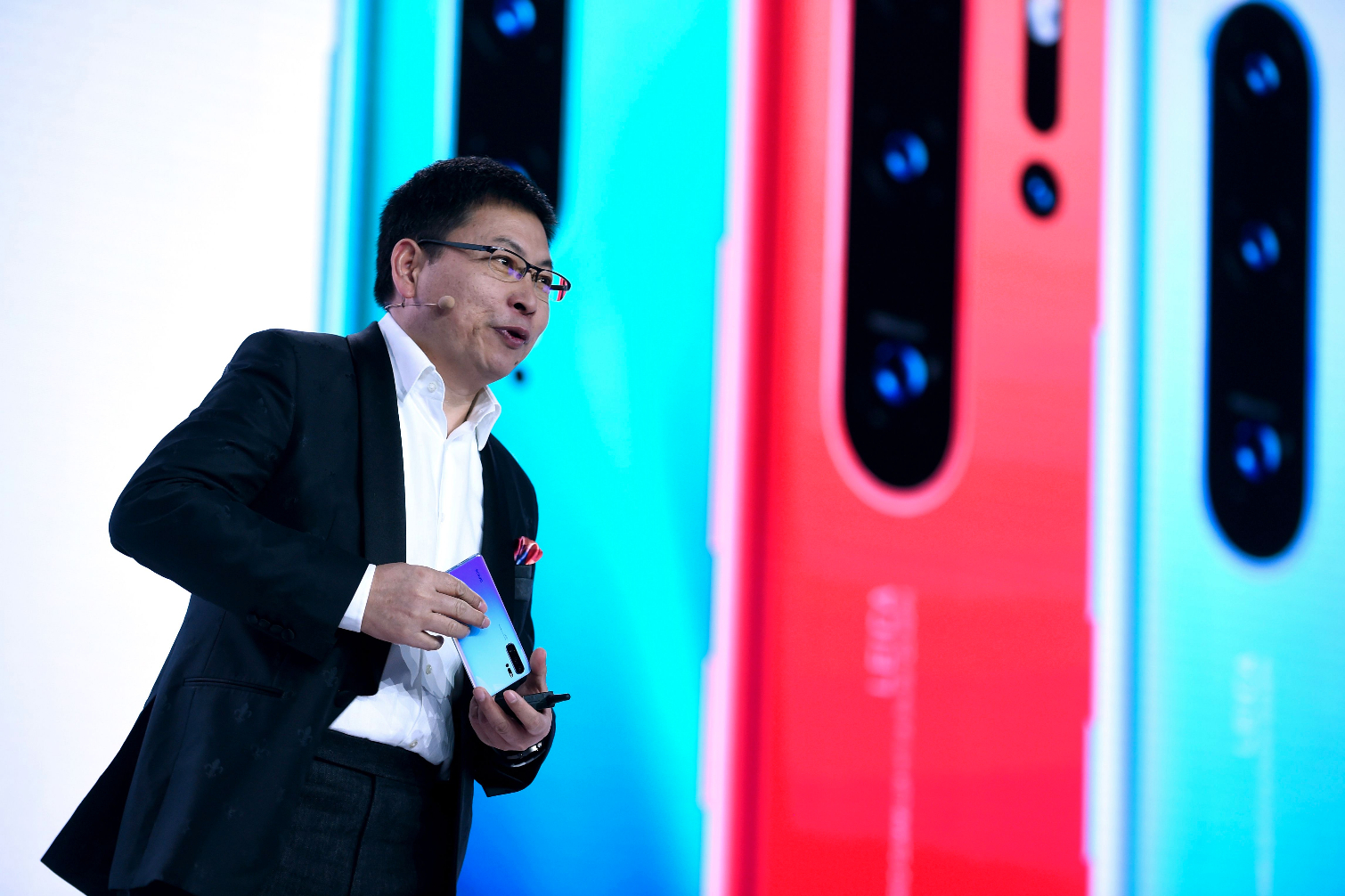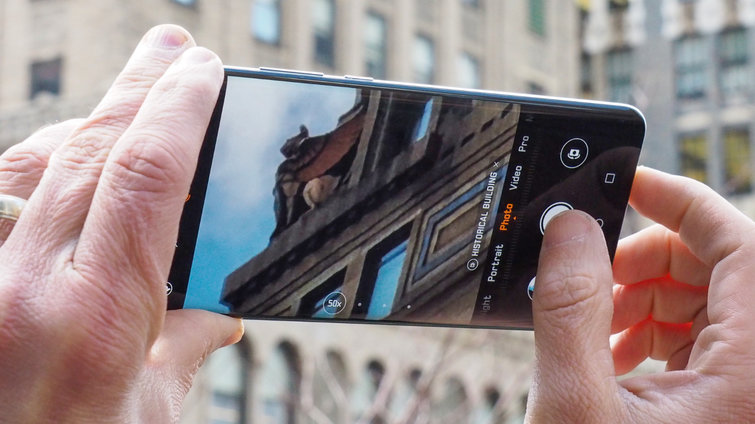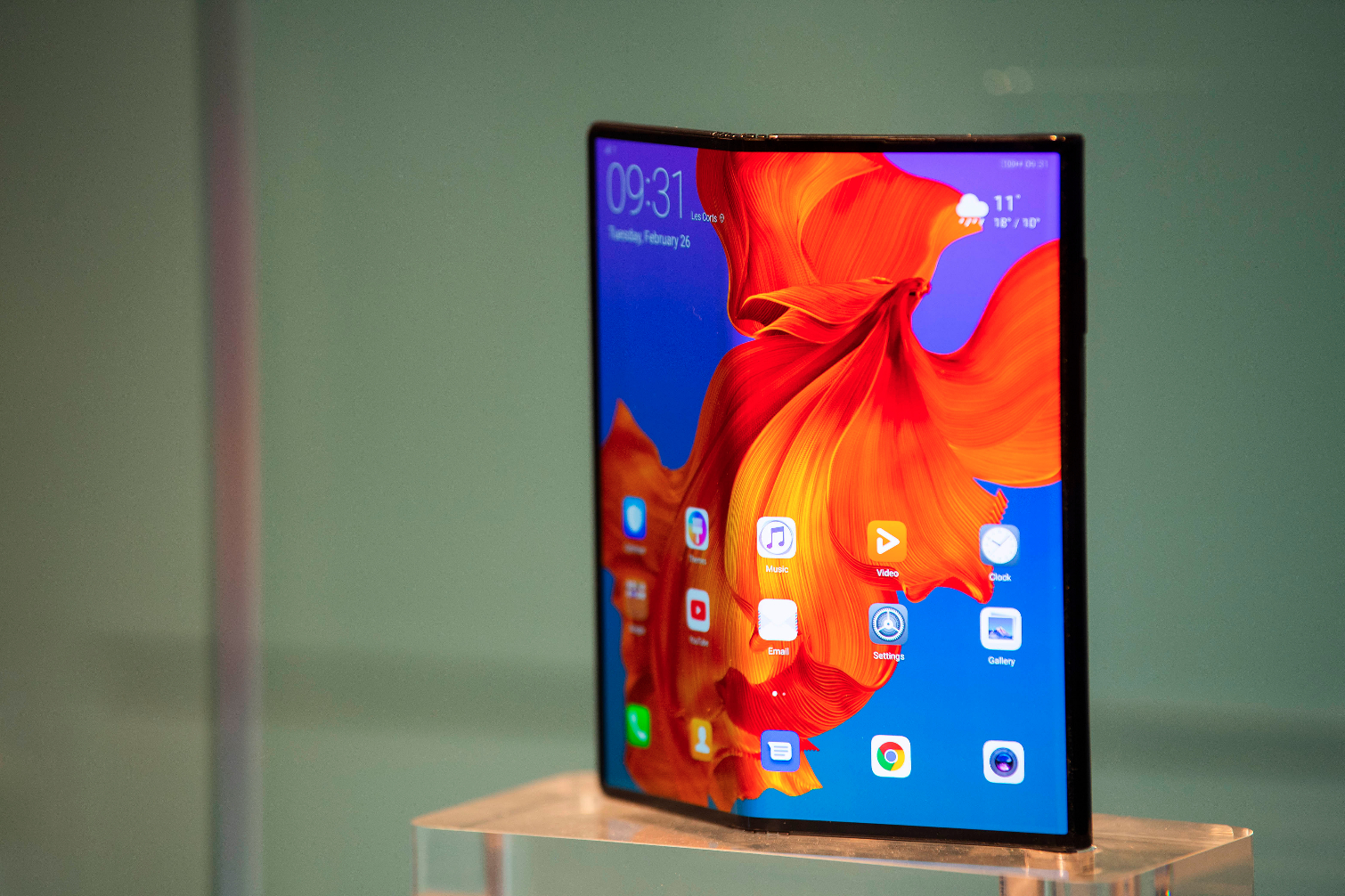Huawei Has Blown Past the iPhone, and Samsung Is Next
As the smartphone market continues to decline, Huawei is surging. And it could soon pass Samsung to become No. 1 in the world.
Six consecutive quarters. That’s how long the smartphone market has been in decline so far. And market leaders like Apple and Samsung are really feeling the pain. But not Huawei.

On a tear in China but also coming on strong in Europe, Huawei saw 50 percent growth in smartphone sales in Q1 year over year, while Apple plummeted 30 percent, according to IDC. Samsung didn’t struggle as much, but shipments were still down 8 percent, and that was before the Galaxy Fold debacle.
The scary part? Huawei phones aren’t even sold officially in the U.S. This is largely due to security concerns and reported links between Huawei and the Chinese government. Huawei has denied those claims and is suing the U.S. government. And yet Huawei is thriving anyway.
“Huawei doesn’t necessarily need to have a position in the U.S.,” said Peter Richardson of Counterpoint Research. “Working with the U.S. carriers can be expensive due to the need for extensive testing and then marketing support.”
Huawei on a roll
Despite the political controversy, Huawei has been one of the most innovative smartphone makers over the past few years. For example, in 2016, the Huawei P9 was the first phone co-engineered with Leica with a dual-lens shooter. The Huawei Mate 10 in 2017 was the first phone with an embedded AI chip. And last year’s Huawei Mate 20 Pro was the world’s first phone to offer reverse wireless charging (way before the Galaxy S10).

For its most recent Huawei P30 Pro, the company literally reinvented the smartphone camera, delivering not only a 5x periscope zoom but a super spectrum sensor that delivers incredible low light performance with a crazy-high ISO of 409,600. As a result, the P30 Pro edged out Google’s mighty Pixel 3 in a photo face-off, which has been our best camera phone.
Get instant access to breaking news, the hottest reviews, great deals and helpful tips.
“Apple and Samsung should definitely be worried,” said Avi Greengart, founder and lead analyst for Techsponential. “The perception that a flagship phone has market-leading advances is crucial to the value proposition.”
Of course, it helps that Huawei is strongest in the Chinese market, which is not nearly as saturated as the U.S. or Europe, where more and more consumers are holding onto their phones longer. In Q1 2019, the company shipped 30 million of its 59.1 million smartphones in its home country, or about 50 percent, according to IHS Markit. The research firm said in its report that Huawei is “competing on even footing with Samsung and Apple in the high-end, while expanding into other price segments.”
Huawei vs. Samsung vs. Apple
If Huawei keeps this pace up, it won’t be long before it surpasses Samsung, which has been the No. 1 smartphone maker for years. IHS Markit says that Huawei’s market share worldwide was 18 percent in Q2, compared to 22 percent for Samsung. So if Huawei’s growth rate continues, it could knock Samsung from its pedestal as soon as this year.

In April, Richard Yu, CEO of Huawei’s consumer business group, said the company expects to be the world’s largest smartphone brand by 2020. And right now, its phones look quite favorable compared to Samsung’s. For instance, the Huawei P30 Pro has a superior camera to the Galaxy S10, and the foldable Huawei Mate X has garnered more positive early reaction from critics than the troubled Galaxy Fold.
“Apple and Samsung should definitely be worried.” - Avi Greengart, founder and lead analyst, Techsponential
Huawei also has its Honor brand, which offers more aggressively priced devices targeted toward younger audiences. The Honor 20 and Honor 20 Pro will be introduced at a press event in London May 21. In addition to sporting a Galaxy S10-like, hole-punch display up front, the Honor 20 is rumored to offer Alexa integration and periscope camera that’s very similar to the Huawei P30 Pro.
Add it all up and Samsung could be in trouble.
“Huawei has invested a lot of money into its brand to help them grow presence on a global basis,” said Tuong H. Nguyen, senior principal analyst at Gartner. “It’s also improved its quality on smartphones to be able to compete with tier 1 vendors like Samsung.”
Where Apple and Samsung still win
While Huawei may have overtaken Apple as the world’s second biggest smartphone maker, it still trails Apple when it comes to ecosystems. Yes, Huawei phones offer Huawei’s own EMUI interface, and the company offers a Mobile Cloud storage service. Huawei also has a music service in the Middle East and Southeast Asia, as well as a video service in China, Italy and Spain. But it doesn’t provide the breadth of services that Apple does — and that’s unlikely to change given Apple’s push to beef up the services side of its business.

Samsung is ahead of Huawei in services, too, but also when it comes to offering a wide range of devices that work together, such as the Galaxy S10 and Galaxy Buds, smartwatches like the Galaxy Watch Active and also the way Samsung’s phones can work with its TVs and other appliances.
“If you think about Samsung, they’re traditionally very good at tech and hardware, but they’re also looking to deliver a holistic experience in terms of providing features and functionality to drive these experiences as well,” said Nguyen. “Think about Samsung Pay, Bixby, and the spectrum of consumer electronics devices offered by the company.”
Of course, Samsung is not standing still on the phone front. The Galaxy Note 10 will launch this summer, and the company will be bringing its lower cost Galaxy A Series hitting the U.S. this year. Plus, Samsung is launching one of the first 5G phones on multiple carriers in the Galaxy S10 5G. “Samsung is building 5G launch phones at multiple carriers in multiple geographies - an astonishing feat of engineering and logistical innovation,” said Greengart.
Nevertheless, it looks as though Samsung’s reign as the king of smartphones could be coming to an end.
Mark Spoonauer is the global editor in chief of Tom's Guide and has covered technology for over 20 years. In addition to overseeing the direction of Tom's Guide, Mark specializes in covering all things mobile, having reviewed dozens of smartphones and other gadgets. He has spoken at key industry events and appears regularly on TV to discuss the latest trends, including Cheddar, Fox Business and other outlets. Mark was previously editor in chief of Laptop Mag, and his work has appeared in Wired, Popular Science and Inc. Follow him on Twitter at @mspoonauer.
-
arlen.w.moss Yeah, gonna pass on supporting a company whose products are spy gadgets funded by the Chinese military.Reply

